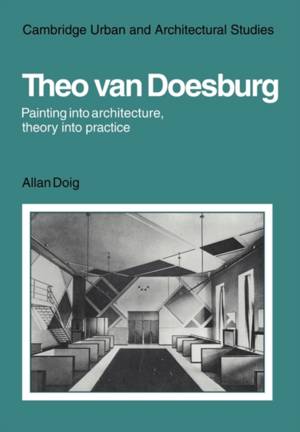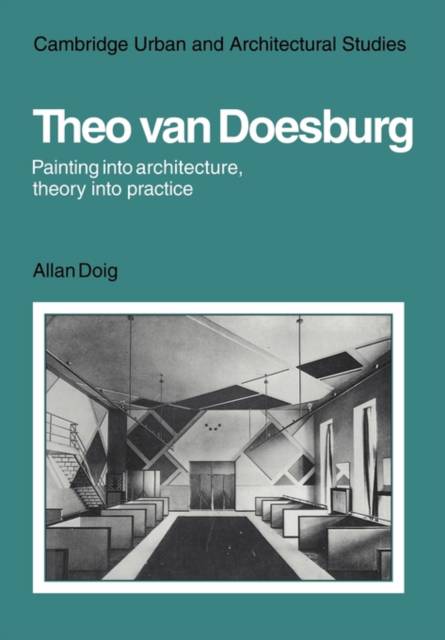
- Afhalen na 1 uur in een winkel met voorraad
- Gratis thuislevering in België vanaf € 30
- Ruim aanbod met 7 miljoen producten
- Afhalen na 1 uur in een winkel met voorraad
- Gratis thuislevering in België vanaf € 30
- Ruim aanbod met 7 miljoen producten
Zoeken
Theo Van Doesburg
Painting Into Architecture, Theory Into Practice
Alan Doig, Allan Doin, Allan Doig
€ 67,95
+ 135 punten
Omschrijving
This is a comprehensive study of a major figure of the modern movement, in whose work philosophy, architecture and painting are inextricably entwined. From the founding of the periodical De Stijl in 1917, van Doesburg occupied a central position in the development of a Modernist aesthetic. His early career was concentrated on poetry and painting, but from the inception of De Stijl and his association with painters and architects such as Piet Mondrian and J. J. P. Oud, he turned increasingly to architecture as the locus for the accomplishment of the 'total work of art'. Van Doesburg became an architectural theorist of international renown, but encountered disappointment at every turn in his architectural practice. Projects and buildings became object-lessons in the fundamental principles of architecture; theory was shown to be a necessary concomitant to practice. Van Doesburg's extreme polemic guaranteed controversy and conflict so intense that it is still fresh in the minds of his surviving collaborators and correspondents. As the flint to the steel of architects like Gropius and Le Corbusier, as a painter and architect, and as the editor of De Stijl, he was a key figure in the growth of Modernism.
Specificaties
Betrokkenen
- Auteur(s):
- Uitgeverij:
Inhoud
- Aantal bladzijden:
- 280
- Taal:
- Engels
- Reeks:
Eigenschappen
- Productcode (EAN):
- 9780521129817
- Verschijningsdatum:
- 4/02/2010
- Uitvoering:
- Paperback
- Formaat:
- Trade paperback (VS)
- Afmetingen:
- 170 mm x 244 mm
- Gewicht:
- 449 g

Alleen bij Standaard Boekhandel
+ 135 punten op je klantenkaart van Standaard Boekhandel
Beoordelingen
We publiceren alleen reviews die voldoen aan de voorwaarden voor reviews. Bekijk onze voorwaarden voor reviews.











